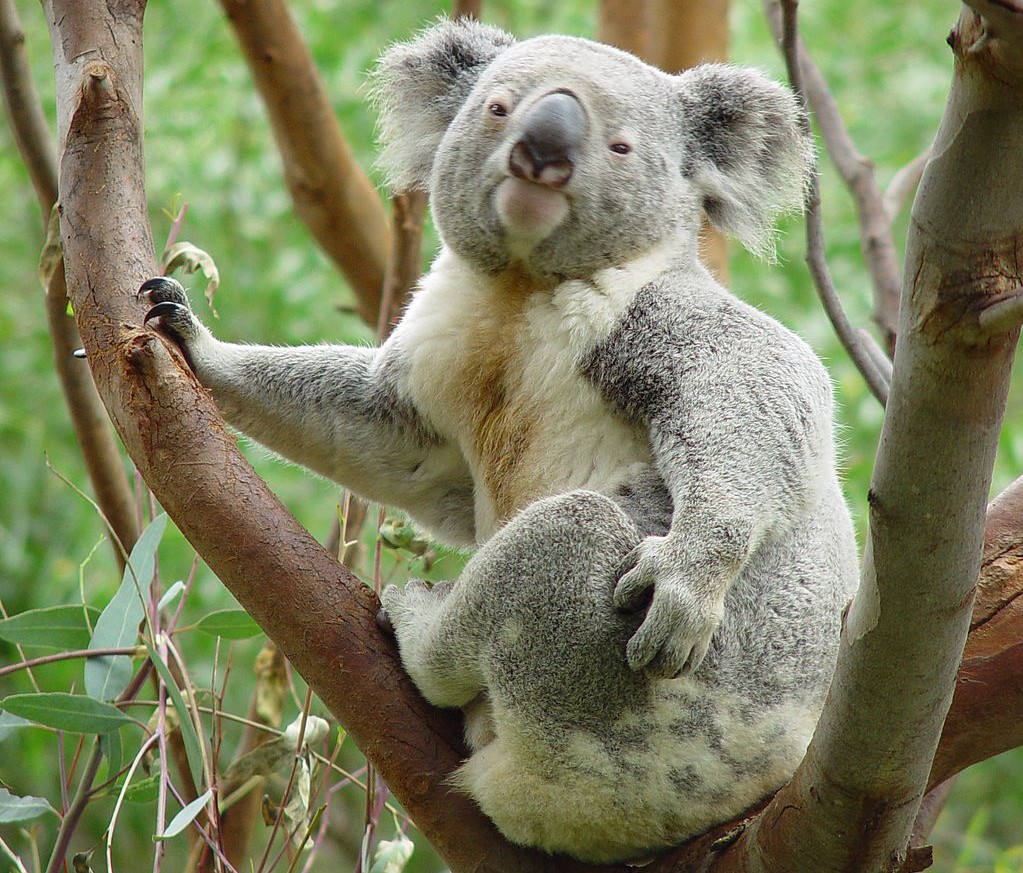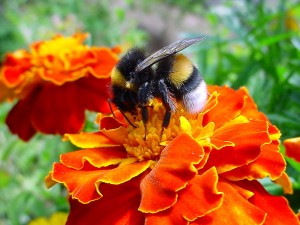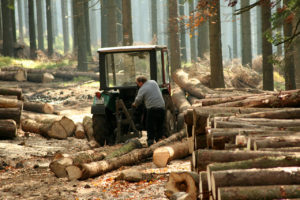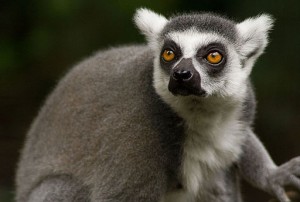Innovation in Koala-Spotting
An innovative technology has been developed to aid koala conservation. Drones and infrared imaging are being utilised to improve spotting them through the eucalyptus trees from the air, a more reliable and less invasive technique.
 Image: By BurningWell [Public domain], via Wikimedia Commons
Image: By BurningWell [Public domain], via Wikimedia Commons As our population grows and we increase our impact on the species we share our planet with, conservationists are increasingly using innovative techniques to help to save them. These often utilise the latest technology.
Researchers from the Queensland University of Technology in Australia recently announced that they have developed a new method for detecting koala populations. This involves the use of drones and infrared imaging that is more reliable and less invasive than traditional animal population monitoring techniques.
In the study, published in the Nature journal Scientific Reports, the researchers detail the technique that involves an algorithm for locating the koalas using drones that can detect heat signatures. The detections of koalas from the air was correlated using ground surveys of radio-collared koalas which were tracked in Petrie, Queensland.
The technique has great potential to improve management of koala populations and other threatened species as well as being used to detect invasive species. It is being hailed as a break-through because the system uses infrared imaging to detect the heat signals of the koala despite the canopy coverage of the eucalyptus trees. Koalas are, of course found in eucalypt woodlands, as the leaves of these trees make up most of their diet. Drones have previously been used to detect other animal populations, but these were in fairly simple scenarios, such as searching for seals on a beach or animals on the savannah.
“Nobody else has really managed to get good results anywhere in the world in a habitat this complex and in these kinds of numbers,” said Dr Grant Hamilton, from QUT’s School of Earth, Environmental and Biological Sciences, co-authored the study. “A seal on a beach is a very different thing to a koala in a tree. The complexity is part of the science here which is really exciting. This is not just somebody counting animals with a drone, we’ve managed to do it in a very complex environment.”
To maximise the effectiveness of the technique, the researchers carried out their aerial sweeps of the area at early morning during colder months, when difference between the body heat of the koalas and the background was likely to be greatest.
The drone covered an area in a “lawnmower” pattern, going up and down over a specific area. After the flight, the data was put through an algorithm that was designed to identify the heat signatures of the koalas compared to other animals in the area.
Because the researchers were able to confirm the location of the koalas detected by the drones with the location of the koalas determined by their GPS tags, the researchers were able to rate the accuracy of the system.
Dr Hamilton says: “On average, an expert koala spotter is going to get about 70 per cent of koalas in a particular area. We, on average, get around 86 per cent. That’s a substantial increase in accuracy that we need to help protect threatened species. What we previously found was the accuracy was about the same as expert observers. Now we actually know that it’s better.”
Another advantage of animal detection by drone is that it is quicker, and cheaper, than covering the same area with human spotters. “We cover in a couple of hours what it would take a human all day to do,” explained Dr Hamilton.
However, the high accuracy rate of the drone detection does not mean that other means of determining koala population, such as by human spotters or dogs, were no longer necessary. “There’s no point talking about it that way, because there are places that people can’t go and there are places that drones cant’ go,” he continues. “There are advantages and downsides to each one of these techniques, and we need to figure out the best way to put them all together. What we do know now is that this is a really powerful tool within the tool box. Thinking about any one of these approaches as a silver bullet tends to make people complacent – they think the problem has been solved, so let’s move on. Koalas are facing extinction in large areas, and so are many other species and there is no silver bullet. This is a powerful technique in the right circumstances.”
Koalas are currently listed as vulnerable by the International Union for the Conservation of Nature (uplisted from the least concern category in 2016), despite their cute appearance and being a symbol of Australia and a major draw for tourists. In the early 20th Century, koalas were hunted heavily for their soft, thick fur. By 1924, it is estimated that more than 2 million pelts had left Australia. Large scale cullings also took place in Queensland, in part due to drought, but public outcry initiated a movement to save the species – quite possibly the first wide-scale environmental issue that rallied the Australian people.
Koala sanctuaries opened in the 1920s and 1930s and some reintroductions have occurred. Nevertheless, threats to koalas remain, the most notable being habitat destruction and fragmentation. In coastal areas, this is due to urbanisation, whereas further inland it is due to agriculture. Native trees are also being removed for wood products. Australia has one of the highest deforestation rates.
Widespread on mainland Australia is the Chlamydiaceae bacteria which causes conjunctivitis in koalas and can lead to blindness, urinary tract infections, and infections of the reproductive organs that can result in female infertility. Some surveys of koala populations in Queensland suggest that at least half of wild koalas are infected with this disease.
Following the success of the study, Dr Hamilton and his colleagues are looking to expand the area where they had studied koala populations, and will use the drone system in other parts of Brisbane, south-east Queensland and northern New South Wales. And the target would also be expanded, with the algorithm being adapted so the technology could be used to detect invasive species such as deer.




No comments yet.